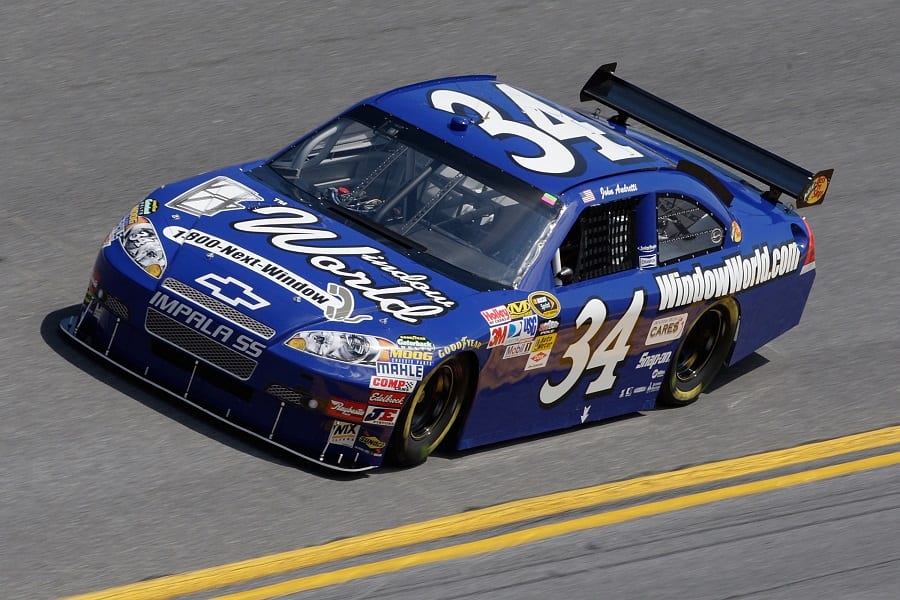It helps when the team has veteran factory driver Patrick Long at the wheel. He shares Wright’s enthusiasm for the new season.
“I revel in the aspect of continuity. Having the band back together helps a lot with a view of keeping the momentum of where we left off in 2020,” Long said. “I expect the competition to only ramp up, so the work starts now and through the green dropping for the Rolex 24. I am grateful to have our partners back on board. I am looking forward to this.”
As the season was gearing up to start, Porsche officials made an announcement that goes a long way toward explaining why the company backed away from its factory support of the GTLM category.
For the first time in two decades, the Porsche brand will return to prototype competition in 2023 when the new LMDh car makes its debut in the World Endurance Championship and IMSA.
It’s no small task to marshal the resources to build a completely new LMDh car.
When the veil was lifted, Oliver Blume, CEO of Porsche AG said, “The new LMDh category allows us to fight for overall victories with a hybrid system at the Le Mans, Daytona and Sebring classics without breaking the bank. The project is extremely attractive for Porsche. Endurance racing is part of our brand’s DNA.”
Porsche is no stranger to hybrid racing. Between 2014 and ’17, the 919 LMP1 was highly successful in WEC competition, winning Le Mans three times as well as capturing both the drivers’ and manufacturers’ championships.

Porsche prototypes last raced in the American Le Mans series with the RS Spyder. The RS Spyder debuted at WeatherTech Raceway Laguna Seca in 2005 with a class victory. The car, which was fielded by Team Penske, earned three ALMS LMP2 championships and claimed top honors during the 24 Hours of Le Mans in 2008 and ’09.
Nevertheless, LMDh is a whole new ball game. The Weissach engineers have to adapt what they did with the 919 to fit the 2023 IMSA and WEC specifications. They will not build the chassis, instead using one of the sanctioned manufacturers.
Michael Steiner, a Porsche research and development board member, says the company is developing three different drive concepts — fully electric, plug- in hybrids and conventional internal combustion engines.
“We want to represent this trilogy in both the development of our cutting-edge road cars and in motorsports,” he said. “We use the all-electric drive to contest the FIA Formula E as part of our works commitment, and the highly efficient and internal combustion unit in GT racing. Now, the LMDh class closes the gap for us. There, powerful hybrid drives — like the ones that are mounted in many of our brand’s models — go up against each other. If the regulations eventually allowed the use of synthetic fuels, then that would be an even greater incentive for me in terms of sustainability.”
Fritz Enzinger, Porsche’s vice president of motorsports, has another perspective.
“We’ve climbed to the top podium step many times at major races in the USA,” he said. “There has been huge interest from other manufacturers. I hope we can pick up where we left off with the famous clashes against many other marques in the ’80s and ’90s. That would give the entire motor racing scene a huge boost.”
